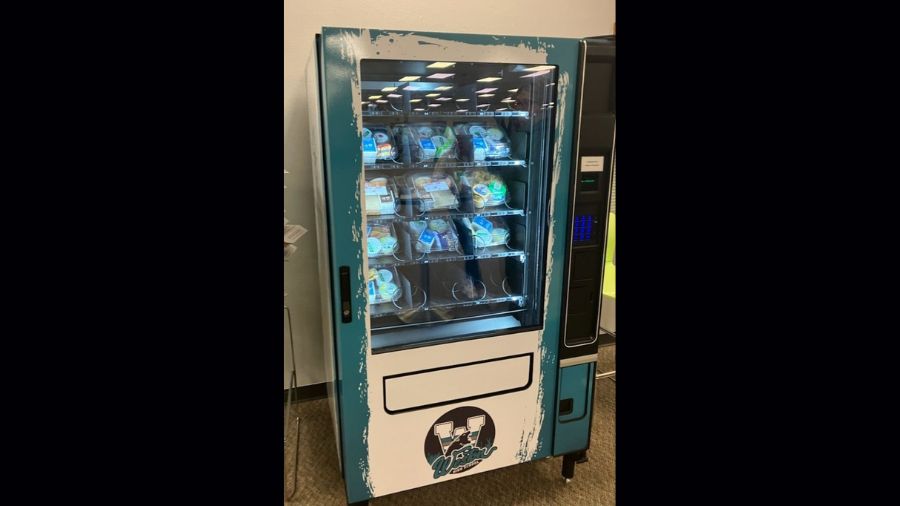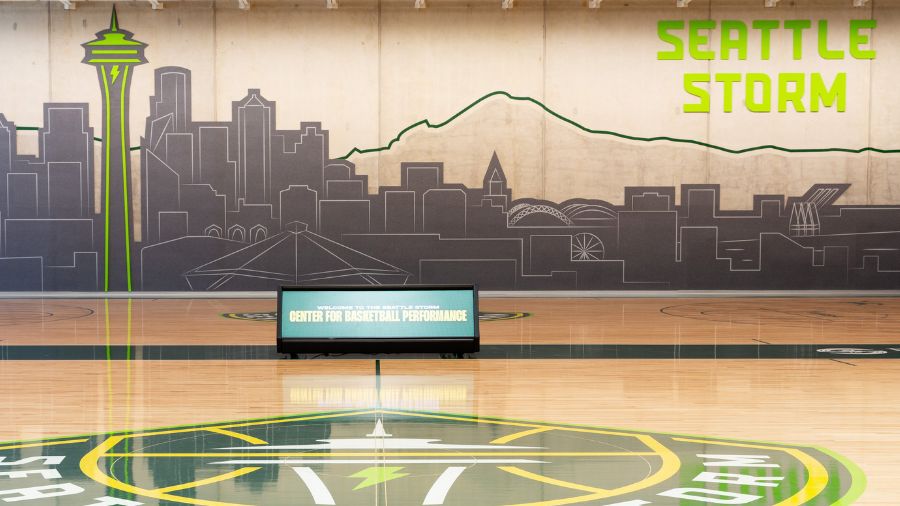Kshama Sawant: Congestion tolling in Seattle would be ‘burdensome and unjust’
Jul 3, 2019, 1:21 PM

Traffic in Seattle continues to escalate. (SDOT)
(SDOT)
Seattle may be getting serious about the idea of tolling city streets. A city council committee started talks on the issue Tuesday, with the measure finding an unexpected opponent in Councilmember Kshama Sawant.
SDOT unveils early research on congestion tolling in Seattle
“A toll … will be extremely burdensome and unjust,” Sawant said. She went on to cite a lack of adequate transit options for those who can’t afford to ditch their cars to avoid congestion pricing.
She had specific concerns about a flat tax rate, but also wanted to investigate a sliding scale or discounted rates for drivers who might be hit hardest by this — especially those who don’t live near transit.
“We’re started out with what’s not equitable, and I’m definitely not going to be supporting something that is inequitable to begin with,” she noted.
In May, the city’s transportation department released the first part of an ongoing study on congestion pricing. Tuesday marked the first chance the city council had to publicly discuss its conclusions.
Researchers looked at close to a dozen congestion models in other cities around the globe and in the end settled on four to explore further: A straight toll to enter the core, charging vehicles for driving inside a pricing zone, or only charging certain vehicles, like rideshares or commercial vehicles, access to zones if a car is enrolled in a state road usage charge program.
All of those models provided similar benefits, according to researchers who briefed the council.
“Across the board, we see a reduction in trips, a reduction in greenhouse gas emissions, [and] and improvement in travel times,” said researcher Jennifer Wheeland.
In cities like London and Stockholm, travel times were reduced 10 to 33 percent after the implementation of congestion pricing. Those cities also had anywhere from a two-and-a-half to 22 percent reduction in greenhouse gas emissions.
Still, for Councilmember Sawant, those comparisons don’t quite hold water.
“We’re also talking about cities that have far superior public transit, so I don’t know what to make of this,” she said. “The way you’re presenting it seems to suggest that congestion pricing is what has worked, [but] you’re comparing apples to oranges. The reason a lot of people are able to not drive in London is because they have far superior public transportation.”
How congestion tolling could help solve Seattle’s traffic woes
Researchers countered that by pointing out how congestion tolling can actually beget improvements for public transportation.
“One of the important things to note, is that as revenues have come in from congestion pricing programs, these cities are making investments in public transportation,” said Wheeland. “They’re increasing the number of buses on the road, they’re increasing the amount of service that is available. And so there is a very strong focus on providing those options for people, and at the same time, you’re disincentivizing driving.”
Others have argued that a fully-functioning, multi-modal public transit system is an absolute necessity before a congestion pricing system can be implemented.
Spearheading that discussion in recent months has been former Seattle land-use attorney and current London resident Chuck Wolfe.
“What I’ve learned … was the importance of a very robust transportation system before talking too seriously about congestion pricing,” he told The Candy, Mike and Todd Show in June.
Congestion tolling in Seattle is still currently in the “exploration” stage. After that, the city will define its goals and objectives, followed by convening an independent commission. Next, it will explore price options before moving into large-scale program development. Finally, it will further narrow its pricing option and then enter into a lengthy approval and implementation period.
MyNorthwest’s Nick Bowman contributed to this report













